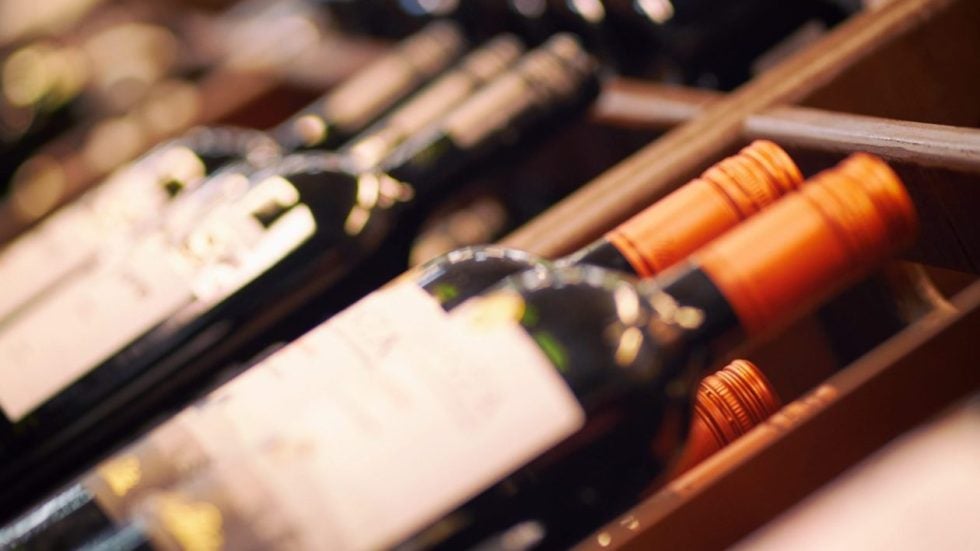
Some “hundreds of millions of labels” could go to waste due following the EU’s latest update to its wine labelling regulations, according to European trade body Comité Européen des Entreprises Vins (CEEV).
Published last Friday, the Commission’s latest adjustment to the incoming rules for wine labelling in December states that the use of the symbol ‘i’ to signify ‘information’ is “not sufficient”, as it does not make the contents of the product clear.
It added that where the content of the QR code refers to a product’s ingredients, “a heading… must be used, in the same way as the current practice used for the paper labels for other food (i.e. containing the word ‘ingredients’).”
Responding to the guideline change, the CEEV said it brings new “uncertainty regarding the linguistic regime to be applied”.
To prepare for the new rules in advance, many wine producers already chose to use the registered ISO 2760 ‘i’ symbol, the organisation said, due to it being globally recognised as standing for ‘information’.
With the wine labelling law coming into play next week (8 December), the CEEV has called for an “urgent” suspension to avoid overall “disruption of the wine market”.
CEEV secretary general Ignacio Sanchez Recarte told Just Drinks the group estimated “several hundred [million labels] have been printed by EU producers”.
It is likely the labels would have to be destroyed due to no longer being compliant under the updated guidelines.
The CEEV expects the change will impact many wine producers selling to retailers. Sanchez Recarte said around 80% of wines sold at Lidl stores in Spain already have the QR code printed on their labels.
“Even if control authorities do not perform controls, retailers will not accept the use labels not aligned with EU guidelines,” he added.
He also said adjusting labels within two weeks would be near-impossible, arguing the time needed to re-design, re-print the labels and change the format of the QR code could take more than a year.
CEEV president Mauricio González Gordon added in a statement: “We cannot accept a new interpretation, published 14 days before the date of application, that will imply, on the one hand, the destruction of hundreds of millions of labels already printed and, on the other, our incapacity to print new labels in time to comply with the new regulation deadline.”
The European Parliament’s Committee on Agriculture and Rural Development, as well as the governments of Spain, Italy, France and Portugal, are also said to have declared their apprehension over the changes to the Commission.
Reflecting on the guidelines update to Just Drinks, Neil Dyas, head of technical at UK-based importer Bibendum Wine said: “This has the potential to be a significant headache for suppliers due to the late notice of this decision with many labels already having been printed.
“Many suppliers are hoping that the EU member states that are enforcing this rule are adopting a pragmatic approach and to allow time to exhaust pre-printed labelling stocks.”
Just Drinks has also contacted the International Organisation of Vine and Wine for comment.



